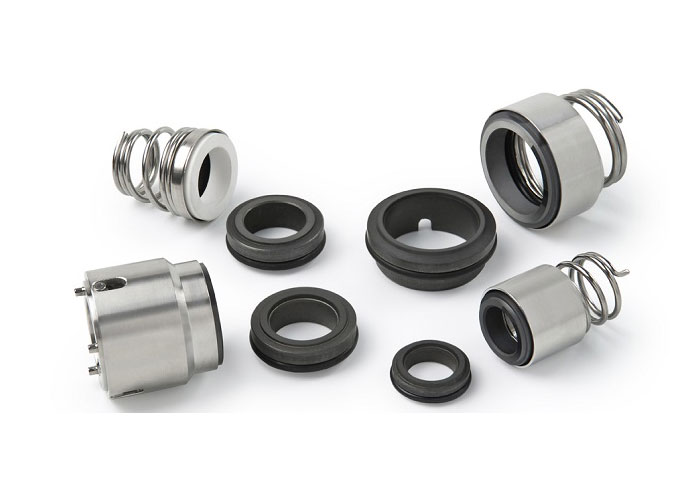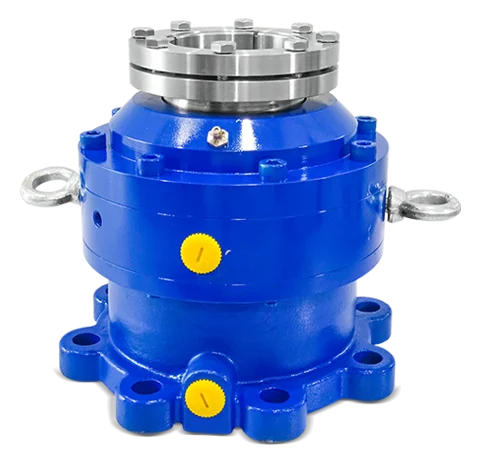Posted At: Jun 16, 2025 - 745 Views

Types of Compressor Seals: Choosing the Right Seal for Your Application
Selecting the appropriate compressor seal is crucial for ensuring optimal performance, longevity, and safety in various industrial applications.With numerous seal types available, understanding their functions, advantages, and ideal use cases can help in making an informed decision.
Common Types of Compressor Seals
1. Wet Seals (Liquid Seals)
Wet seals utilize a thin liquid film, typically oil, to form a barrier between the rotating shaft and stationary housing, preventing gas leakage and maintaining pressure.They are effective in high-pressure environments and are commonly used in applications like oil and gas industries.Advantages include reduced friction and extended compressor lifespan.
2. Dry Gas Seals
Dry gas seals are non-contacting mechanical seals that use a thin film of gas, such as nitrogen or air, to create a seal between rotating and stationary components.They eliminate the need for liquid lubrication, reducing maintenance costs and preventing oil contamination.These seals are suitable for high-speed and high-pressure applications, including centrifugal compressors.
3. Labyrinth Seals
Labyrinth seals consist of a series of interlocking grooves that create a tortuous path for gases, effectively reducing leakage.They are non-contacting seals, which means they experience minimal wear and have a long service life.Labyrinth seals are commonly used in gas turbines and centrifugal compressors.
4. Diaphragm Seals
Diaphragm seals are flexible membranes that isolate pressure sensors from the process fluid, protecting them from corrosive or high-temperature environments.They are widely used in applications where maintaining the purity of the process fluid is essential, such as in food and pharmaceutical industries.
5. Hydrodynamic Seals
Hydrodynamic seals use a dynamic rotor with grooves that act as a pump, creating an air film that the opposing sealing surface rides on.This design reduces leakage and wear, making them suitable for high-speed applications.
6. Separation Seals
Separation seals are designed to prevent the migration of bearing oil to the dry gas seal, maintaining sealing integrity in the event of a dry gas seal failure.They are essential in protecting the dry gas seal from oil ingress and are commonly used in centrifugal compressors.
Factors to Consider When Choosing a Compressor Seal
Operating Conditions
Pressure & Temperature: Select seals that can withstand the operating pressure and temperature ranges of your application.
Speed: High-speed operations may require seals with low friction and wear characteristics.
Process Fluid Properties
Chemical Compatibility: Ensure the seal material is compatible with the process fluid to prevent degradation.
Viscosity: High-viscosity fluids may require seals designed to handle thicker liquids.
Environmental and Safety Requirements
Leakage Concerns: For hazardous or toxic gases, choose seals that prevent any leakage to ensure safety.
Maintenance: Consider seals that are easy to maintain and replace to minimize downtime.
Seal Material Selection
The choice of seal material is influenced by factors such as temperature, pressure, and chemical compatibility.Common materials include:
Nitrile (NBR): Good resistance to oils and water-based fluids.
Viton (FKM): Excellent chemical and heat resistance.
EPDM: Good for water-based fluids, resists ozone and UV.
Teflon (PTFE): Extreme temperature and chemical resistance.
Aflas: Excellent heat and chemical resistance.
Conclusion
Choosing the right compressor seal involves understanding the specific requirements of your application, including operating conditions, process fluid properties, and environmental considerations.By carefully evaluating these factors and selecting an appropriate seal type and material, you can ensure optimal performance and longevity of your compressor system.
Frequently Asked Questions:
1. What is the function of a compressor seal?
A compressor seal prevents process gas from leaking out of the compressor shaft while maintaining pressure and improving operational safety and efficiency.
2. What are the types of seals used in compressors?
Common types include dry gas seals, oil seals, labyrinth seals, and mechanical seals—each suited for different pressure and application needs.
3. Why do compressor seals fail?
Compressor seals may fail due to misalignment, excessive pressure, improper lubrication, contamination, or wear from prolonged operation.
4. How do I choose the right compressor seal for my application?
Selection depends on factors like pressure range, gas composition, compressor type, operating temperature, and environmental conditions.
5. Can mechanical seals be used in all types of compressors?
While mechanical seals are versatile, not all compressors use them. It's important to evaluate compatibility with your specific compressor design and duty cycle.


